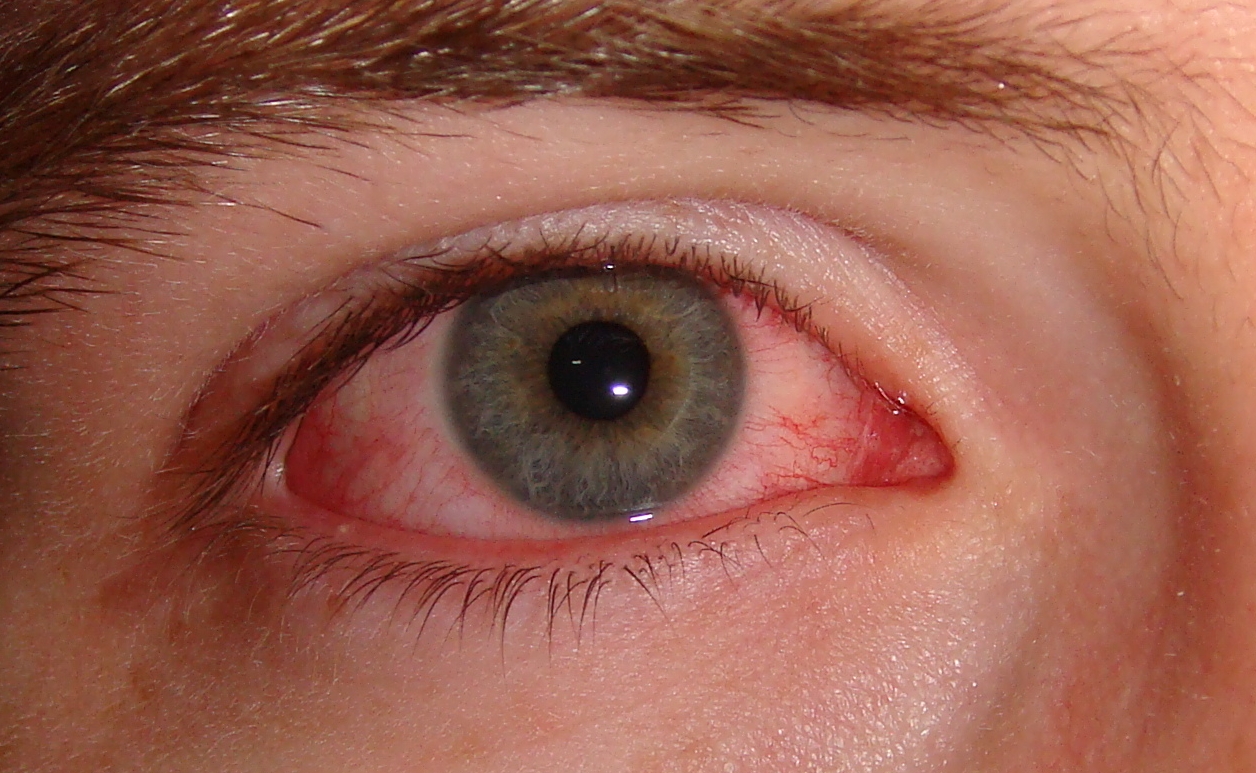Are fungi set to become a new source of antibiotics?
01/18/2019 / By Frances Bloomfield

Researchers have found another natural source of pharmaceutical drugs: the humble fungus. According to the team from the Chalmers University of Technology in Göteborg, Sweden, fungi are a “potential goldmine for the production of pharmaceuticals.” With more strains of bacteria building up a resistance to modern antibiotics, their findings have come at just the right time.
For their study, the group of researchers analyzed and scanned the genomes of 24 different kinds of fungi. Their goal was to find genes that were in charge of producing bioactive compounds, similar to antibiotics. They discovered 1,300 pathways that, more than anything, showcased fungi as viable suppliers of natural and bioactive chemicals — chemicals that could be important to the production of existing and new pharmaceuticals. The researchers were even able to identify new fungi capable of producing the antibiotic yanuthone, as well as an undisclosed compound extracted from the yanuthone pathway, or a cluster of genes that encode a secondary metabolite
“Previous efforts to find new antibiotics have mainly focused on bacteria. Fungi have been hard to study — we know very little of what they can do — but we do know that they develop bioactive substances naturally, as a way to protect themselves and survive in a competitive environment. This made it logical to apply our research tools to fungi,” said Jens Christian Nielsen, a PhD student at the Department of Biology and Biology and Biological Engineering.
Science director and professor Jens Nielsen remarked to Alpha Galileo that: “It is actually very surprising that each fungus is able to express this many secondary metabolites, and it demonstrates the unexploited potential of these types of fungi when it comes to the discovery of new antibiotics.”
Jens Christian Nielsen concurred with: “It’s important to find new antibiotics in order to give physicians a broad palette of antibiotics, existing ones as well as new ones, to use in treatment. This will make it harder for bacteria to develop resistance.” (Related: Hospitals in New York State are witnessing a deadly drug resistant fungal infection outbreak.)
The pharmaceutical industry has already turned to fungi in the past. Penicillin, the world’s first mass-produced antibiotic, was derived from Penicillium fungi. Does this mean the pharmaceutical industry will soon put out overpriced medicines created with ingredients stolen from nature? As of now, it’s uncertain. The researchers intend on inserting pathways of interest into yeast cells so that they can analyze the compounds’ activity.
“Governments need to act. The pharmaceutical industry doesn’t want to spend money on new antibiotics, it’s not lucrative. This is why our governments have to step in and, for instance, support clinical studies,” stated Jens Christian Nielsen. “Their support would make it easier to reach the market, especially for smaller companies. This could fuel production.”
Jens Christian Nielsen is right about one thing: Pharmaceutical companies will only show interest in something if it there’s a profit to be made. However, with their recent findings, these big-name medicine makers could very well follow the map Jens Christian Nielsen and his team have laid out. From recycling and rebranding old medicines into supposedly “new” ones to covertly stealing from nature, anything goes with the members of the pharmaceutical industry.
Visit DangerousMedicine.com to keep a watchful eye on pharmaceutical companies.
Sources include:
Tagged Under: alternative medicine, Antibiotics, Fungi, natural cures, natural remedies, pharmaceuticals




















